How can I salvage a crumbling, cracked 24x24" triangle shaped concrete patio without tearing it out?

15" deep, but not solid concrete, was packed full of dirt, rocks, etc as fill. Needs to be budget-friendly, maybe DIY perhaps. Was built by my Dad in the 80's when he owned the home. How do I fix the cracked concrete patio?
Related Discussions
How to get rid of mice?
We seem to have some unwelcome Mickeys and Minnies in our house. What is the best way to get rid of them?
How to remove popcorn ceiling with asbestos?
I want to remove my popcorn ceiling, but it has asbestos in it. How do I go about this safely?
How to caulk baseboard gaps?
How do I fill gaps at baseboard, should I caulk? If so, does anyone know how to caulk baseboards?
How to fix squeaky hardwood floors?
How do I fix squeaky hardwood floors?
Will sun and rain change the miss color on our shingles?
We had our whole roof replaced with IKO Architectural shingles last week because of larger than golf ball size hail in early June. We used a highly rated contractor t... See more
How to remove urine smell from concrete?
Please HELP!!! Due to dogs, the urine smell in the concrete in out basement will knock you over. It is so bad you can smell it all through out our house. What is th... See more
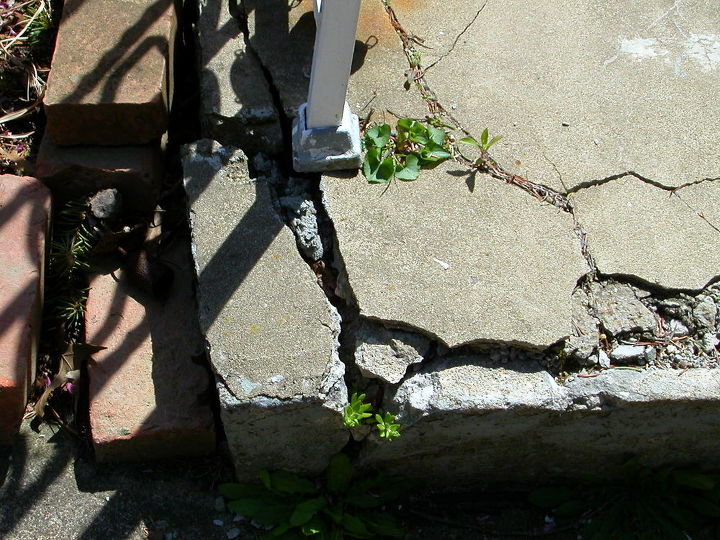
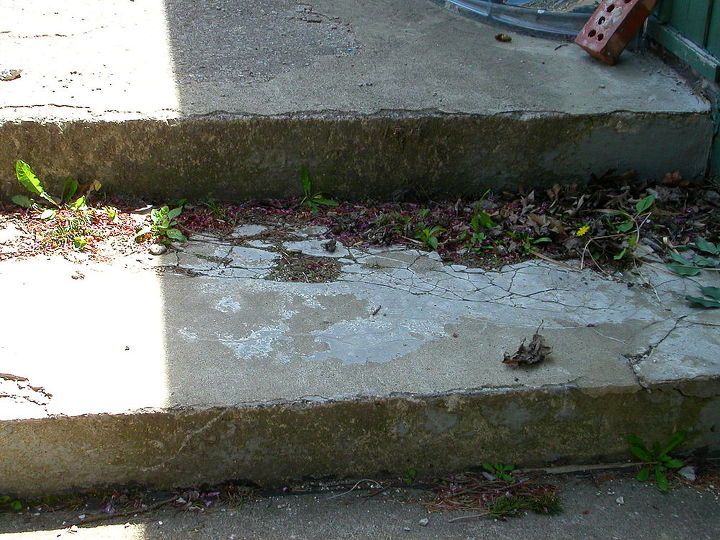
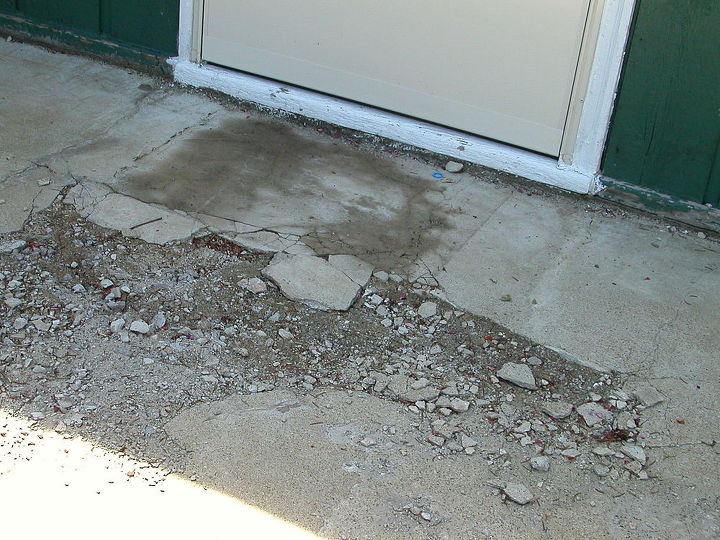
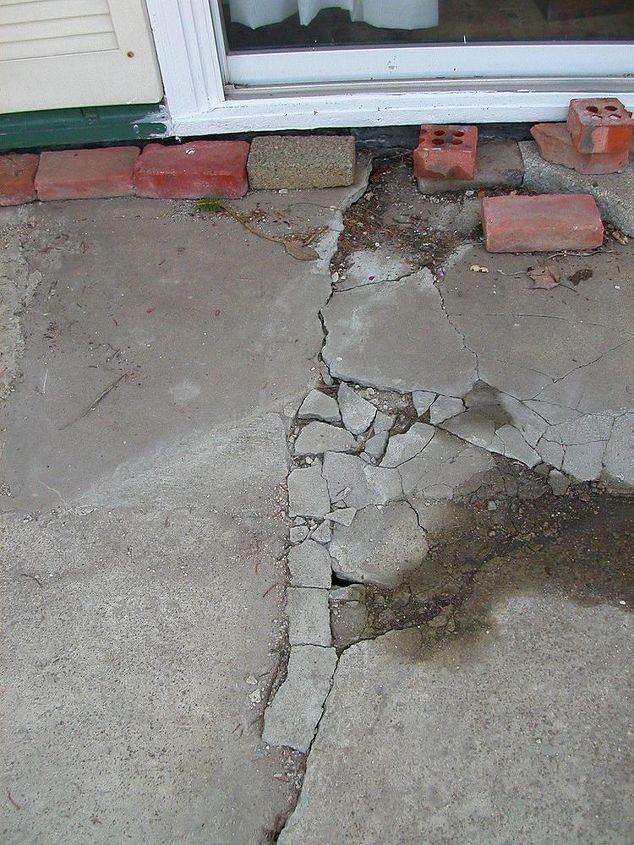
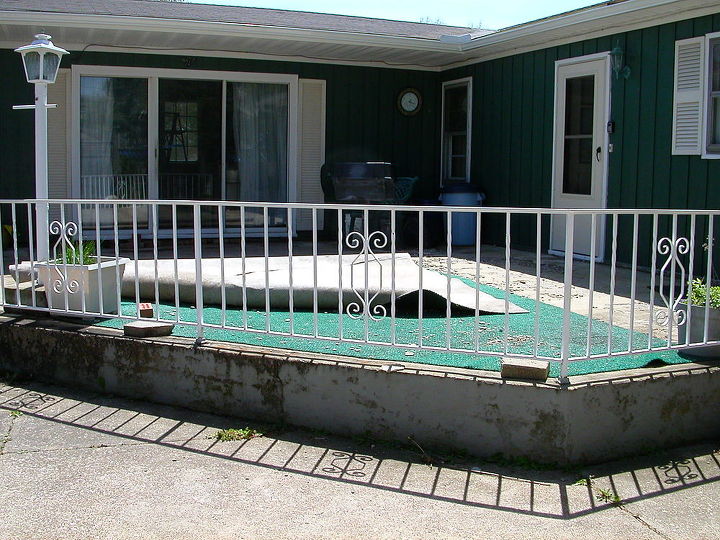

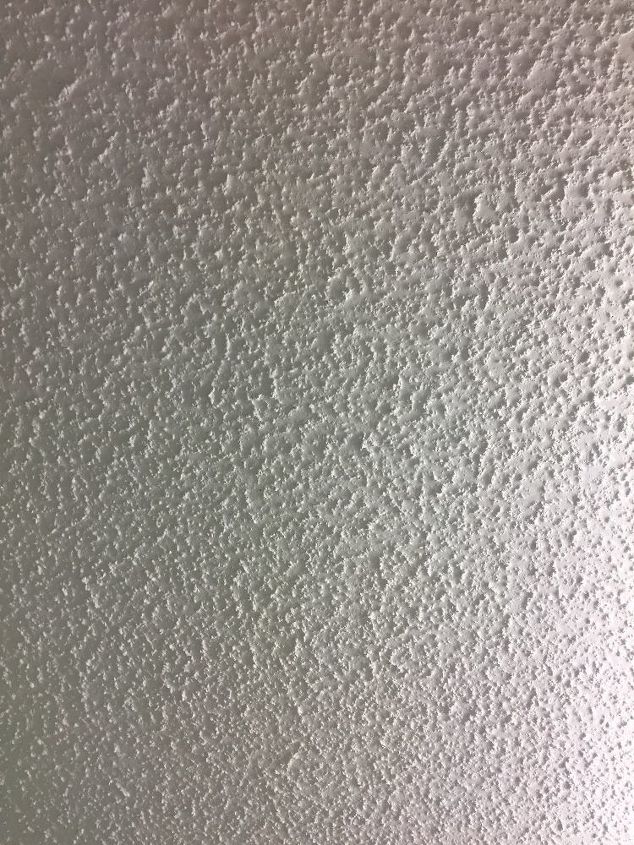
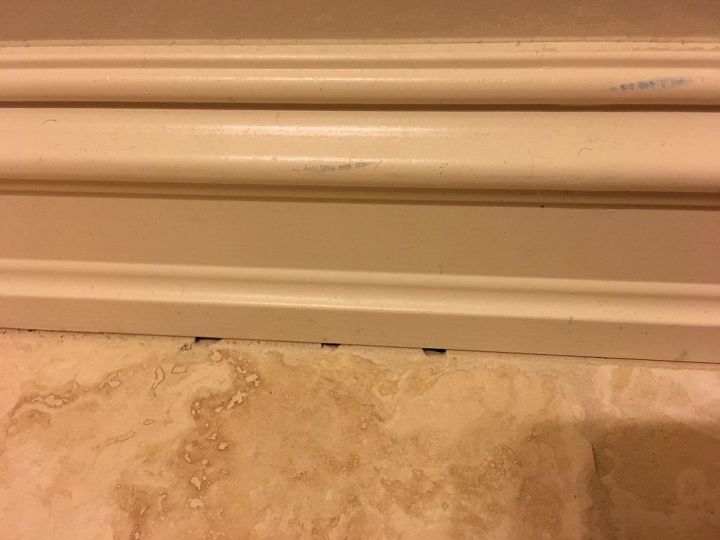
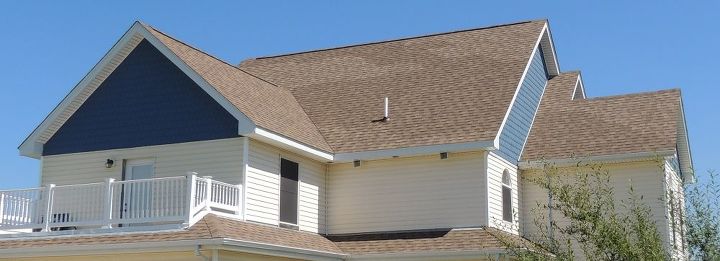
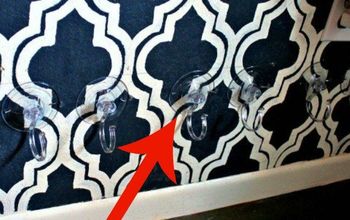
Wow! I can't afford to do any of this stuff. I'm on a tight budget and most of these answers require quite a bit of cash and some major muscles. Except maybe the moss idea, the rest are assuming people have the technical or design know how and a large budget. Moss, maybe a filler, low decking or wood pieces placed over the existing slab or a really nice outdoor rug would be the most economical as well as reasonable choices.
So much here. The best idea is to replace the concrete patio -- had to say it. Okay, to piecemeal I would do the following. Any areas with large gaps or broken edges have to be removed completely, compacted, reformed and repoured. You can tie into the adjacent solid areas by grinding a few grooves on the good side and drop in pieces of rebar that extend into the cut out area before pouring (good to make a few bends on the open side). Then the entire patio can be resurfaced with an expensive "micro-bond" self-leveling mortar (mixed with a lot of water so it flows with a squeegie). As to the areas of spalling (exposed aggregate), the mortar will fill it in. If these areas are deep, you may need to cut out those areas and patch with concrete before the overlayment. Be sure to eliminate all weak areas or you will be doing it again. Good luck!
Smart de
Smart de